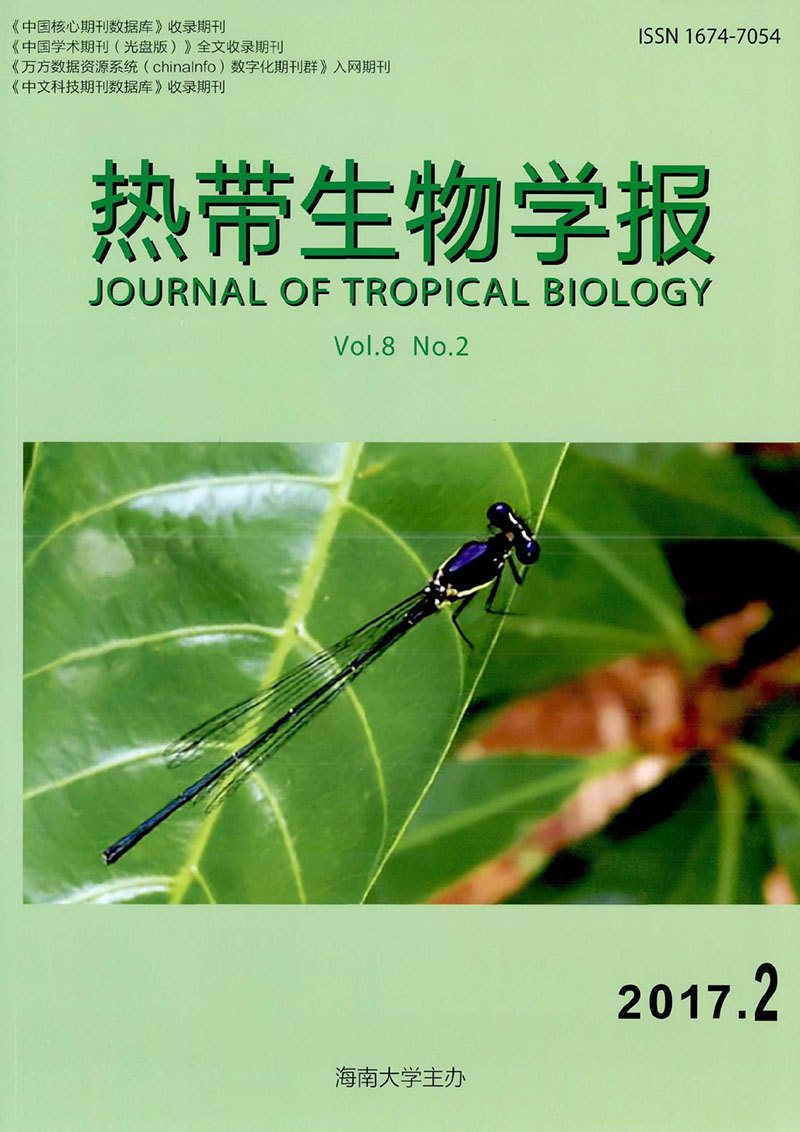Effects of Bagasse and Its Biochar on the Greenhouse Gas Emissions of Paddy Soil under Waterlogged Condition in Hainan Province
doi: 10.15886/j.cnki.rdswxb.2017.02.012
- Received Date: 2017-01-19
- Rev Recd Date: 2017-03-20
-
Key words:
- Waterlogged condition /
- bagasse /
- biochar /
- overall greenhouse effect /
- N2O /
- CH4
Abstract: An indoor experiment was conducted to investigate the effects of bagasse and its biochar on greenhouse gas emissions from the paddy soil under 30 ℃ and waterlogged conditions. Three treatments were arranged: bagasse,biochar from bagasse and control( CK). The results showed that the bagasse-based biochar significantly increased contents of organic carbon,total N,available P and K,whereas bagasse significantly increased soil organic carbon content. Both biochar and bagasse mitigated N2O emissions but were different in the mechanism of N2O emission mitigation due to the difference in the effect of bagasse and its biochar on soil redox potential( Eh). The bagasse consumed mainly oxygen to form a strong reduction in the soil,which was not conducive to the production of N2O,while the bagasse-based biochar mitigated the emission of N2O through soil aeration suitable for nitrification. Both bagasse and bagasse-based biochar did not create a soil Eh environment suitable for CH4 emission and had no change in CH4 emissions. There was no significant difference in overall greenhouse effect between bagasse and its biochar,but they had significantly lower greenhouse effect than CK. It was recommended to convert bagasse into biochar for application in the paddy field. Bagasse-based biochar can not only improve the soil but also mitigate the emissions of greenhouse gases.
| Citation: | WANG Xiaoqi, SUO Long, XIE Yu, WANG Lihua, JI Yalan, TIAN Wei, LAI Qianqian, MENG Lei. Effects of Bagasse and Its Biochar on the Greenhouse Gas Emissions of Paddy Soil under Waterlogged Condition in Hainan Province[J]. Journal of Tropical Biology, 2017, 8(2): 196-202. doi: 10.15886/j.cnki.rdswxb.2017.02.012 |






 DownLoad:
DownLoad: